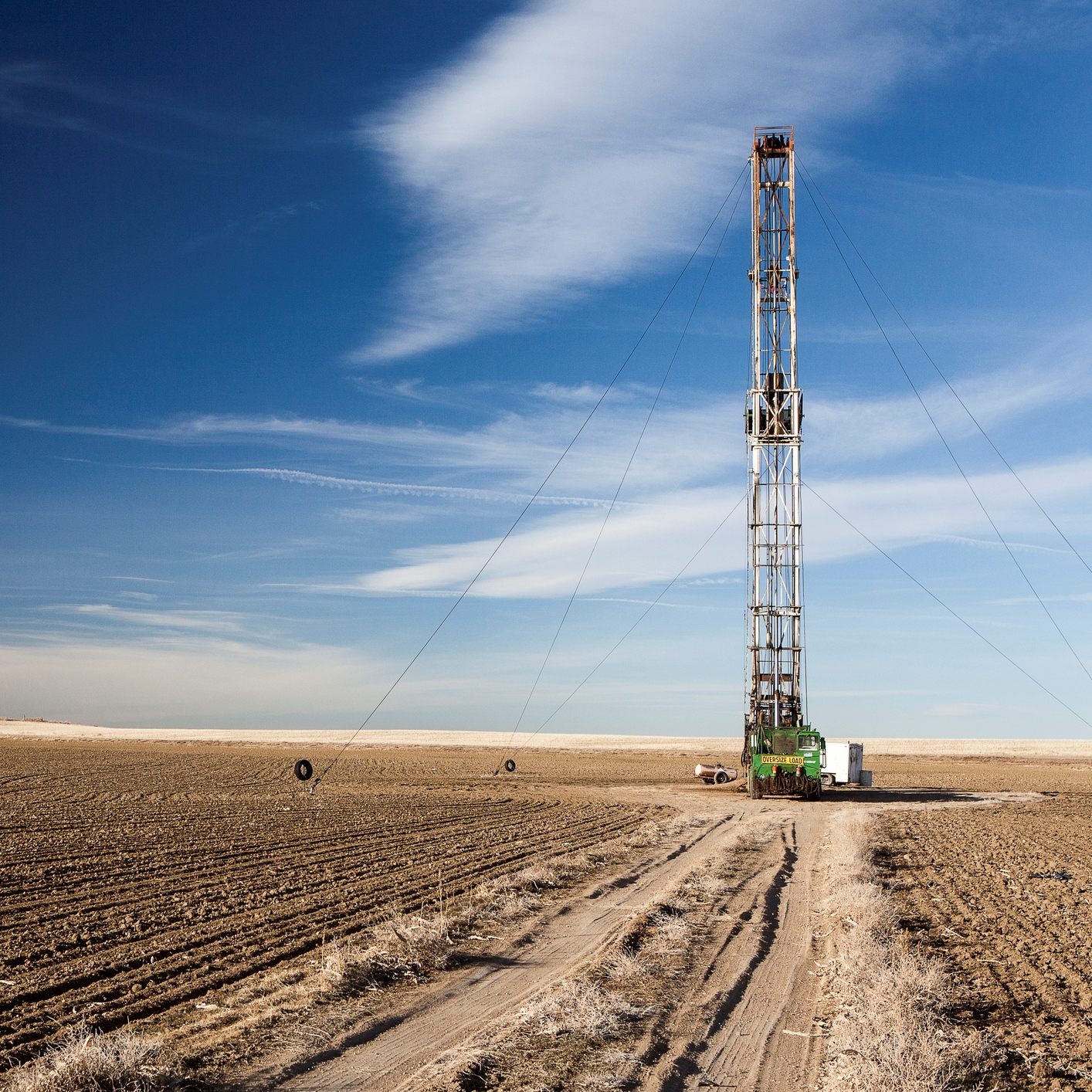
In the week ended June 8, 2018, the number of land rigs drilling for oil in the United States totaled 862, up by one compared to the previous week and 121 more compared with a total of 741 a year ago. Including 198 other land rigs drilling for natural gas and two listed as miscellaneous, there are a total of 1,062 working rigs in the country, two more in the past week and up by 135 year over year. The data come from the latest Baker Hughes North American Rotary Rig Count, which was released on Friday afternoon.
West Texas Intermediate (WTI) crude oil for July delivery settled at $65.95 a barrel on Thursday and traded down about 0.5% Friday afternoon at $65.62 shortly before regular trading closed. Brent crude for August delivery traded at $76.56 a barrel.
The natural gas rig count rose by one to 198 this week. The count for natural gas rigs is now up by 13 year over year. Natural gas for July delivery traded down about 1.5% to around $2.89 per million BTUs, down about seven cents compared to last Friday.
Crude oil prices have been soft all week on reports that the Saudis and the Russians may raise their production to make up for declines from Venezuela and expected declines from Iran when new U.S. sanctions are imposed. Reuters reported Friday morning that Iran has spoken out harshly about a report that U.S. officials have asked Saudi Arabia to raise production.
Iran’s OPEC representative Hossein Kazempour Ardebili said OPEC and the Saudis will reject the U.S. request because the cartel “will not accept such a humiliation.” Ardebili also claimed than no OPEC member would act against one of the cartel’s two founders: “The U.S. tried it last time against Iran, but oil prices got to $140 a barrel.”
It has been reported for at least a month that Saudi Arabia agreed to raise production as a quid pro quo for the U.S. imposition of new sanctions on Iran. That may or may not be true, but the Iranian message today indicates that the Iranians are prepared to heap shame on the Saudis if production does rise. The alpha-male position in the Middle East is at stake, just as it is in the proxy war the two countries are fighting in Yemen.
Among the states, Baker Hughes reports that Texas gained three rigs last week, Colorado added two and Louisiana added one rig. Oklahoma and Wyoming each lost two rigs, and North Dakota lost one rig.
In the Permian Basin of west Texas and southeastern New Mexico, the rig count now stands at 480, up by three compared with the previous week’s count. The Eagle Ford Basin in south Texas has 80 rigs in operation, unchanged week over week, and the Williston Basin (Bakken) in North Dakota and Montana now has 55 working rigs, down by one for the week.
Producers added five horizontal rigs this week, and the count rose to 934, while offshore drillers reported a total of 19, up by one over last week’s count.
100 Million Americans Are Missing This Crucial Retirement Tool
The thought of burdening your family with a financial disaster is most Americans’ nightmare. However, recent studies show that over 100 million Americans still don’t have proper life insurance in the event they pass away.
Life insurance can bring peace of mind – ensuring your loved ones are safeguarded against unforeseen expenses and debts. With premiums often lower than expected and a variety of plans tailored to different life stages and health conditions, securing a policy is more accessible than ever.
A quick, no-obligation quote can provide valuable insight into what’s available and what might best suit your family’s needs. Life insurance is a simple step you can take today to help secure peace of mind for your loved ones tomorrow.
Click here to learn how to get a quote in just a few minutes.
Thank you for reading! Have some feedback for us?
Contact the 24/7 Wall St. editorial team.




